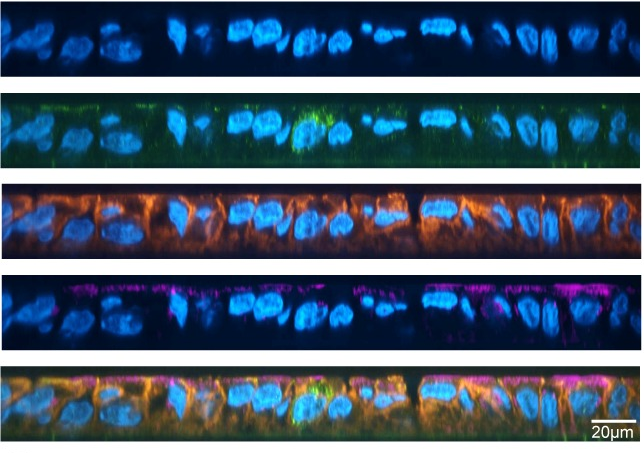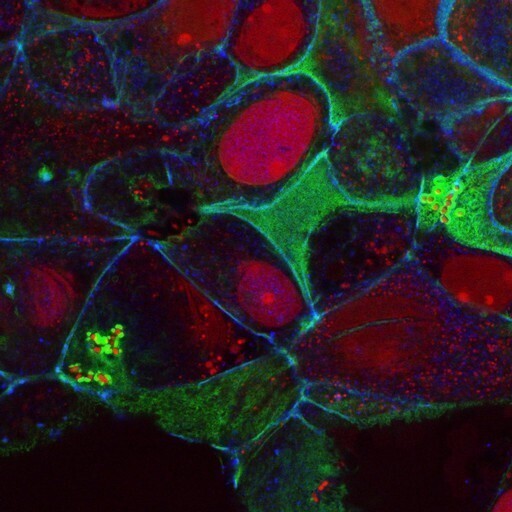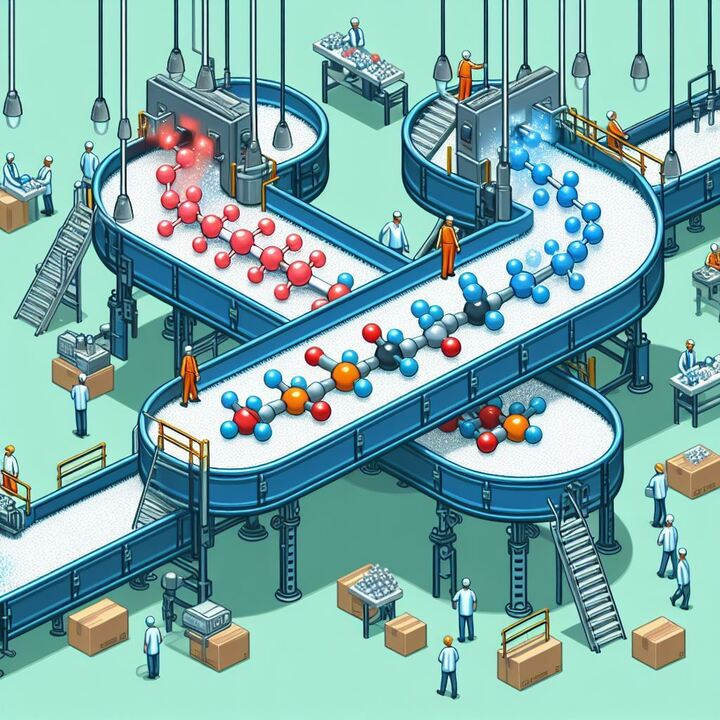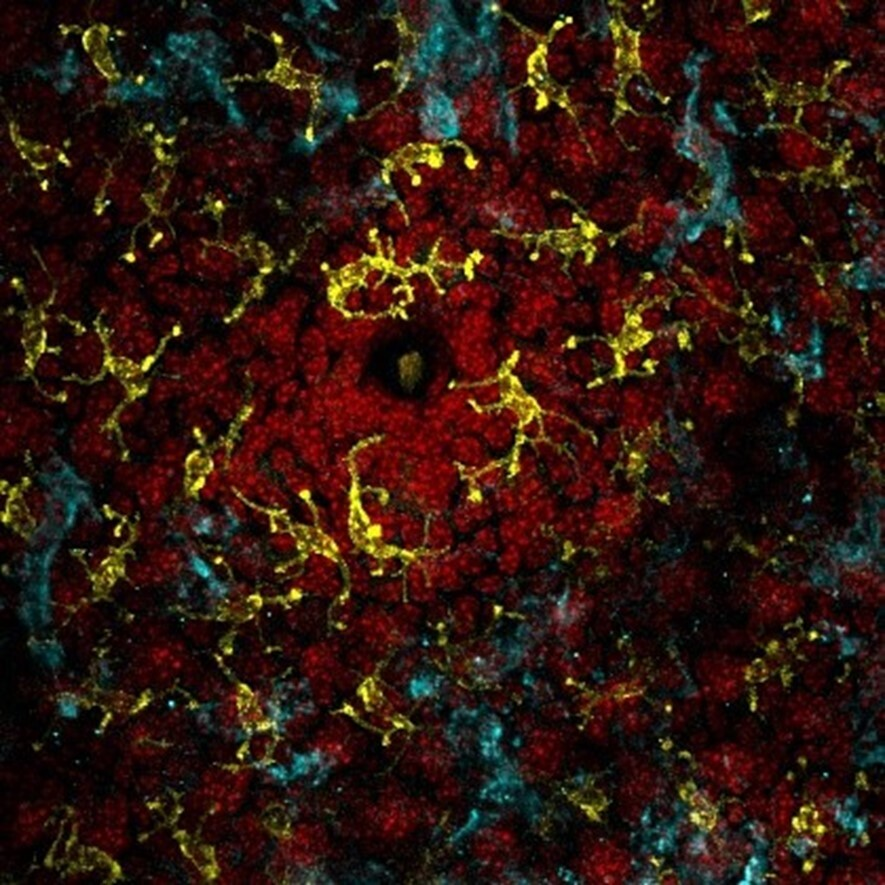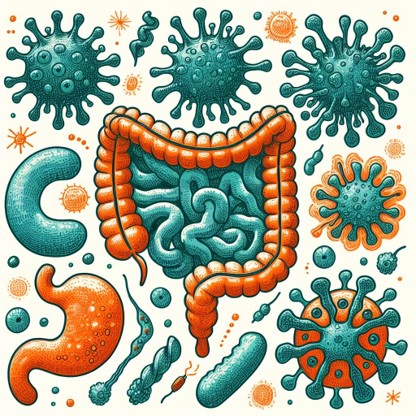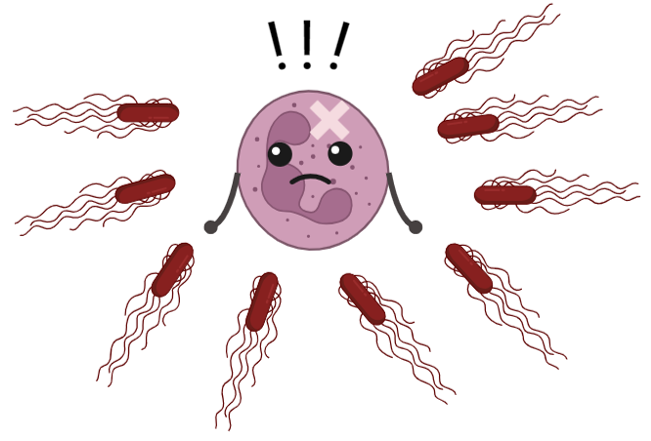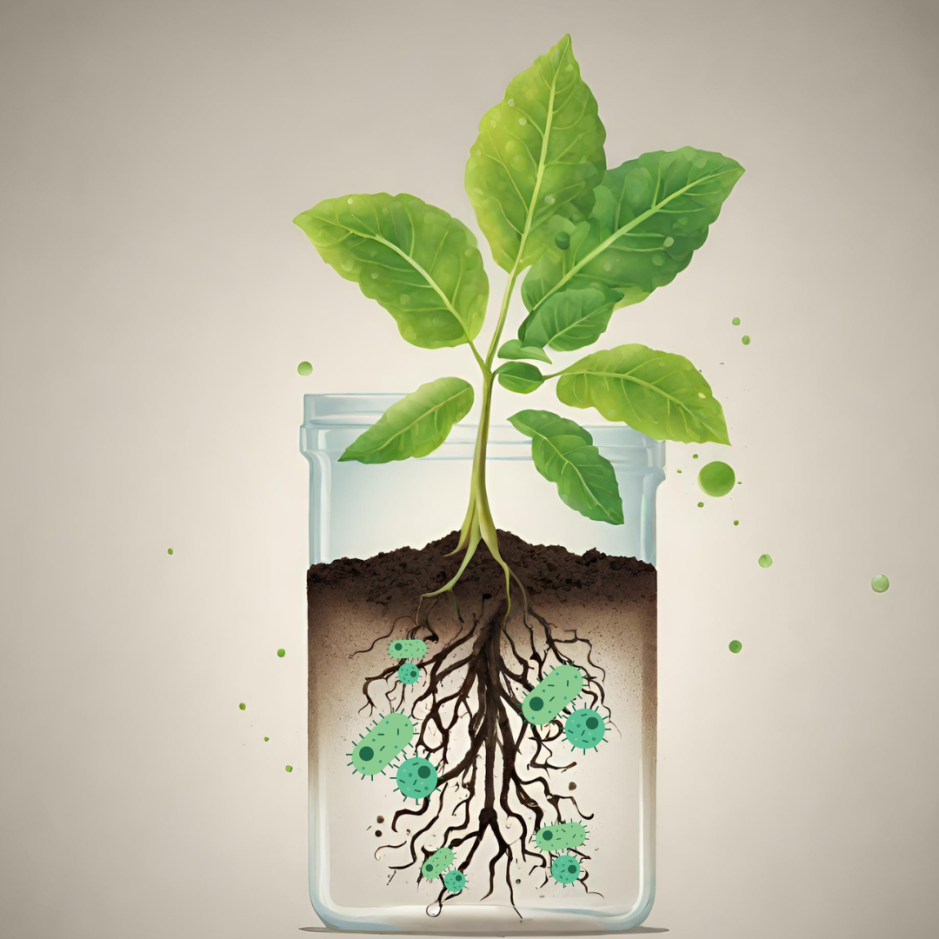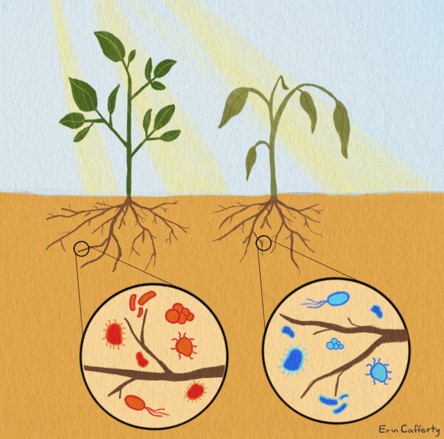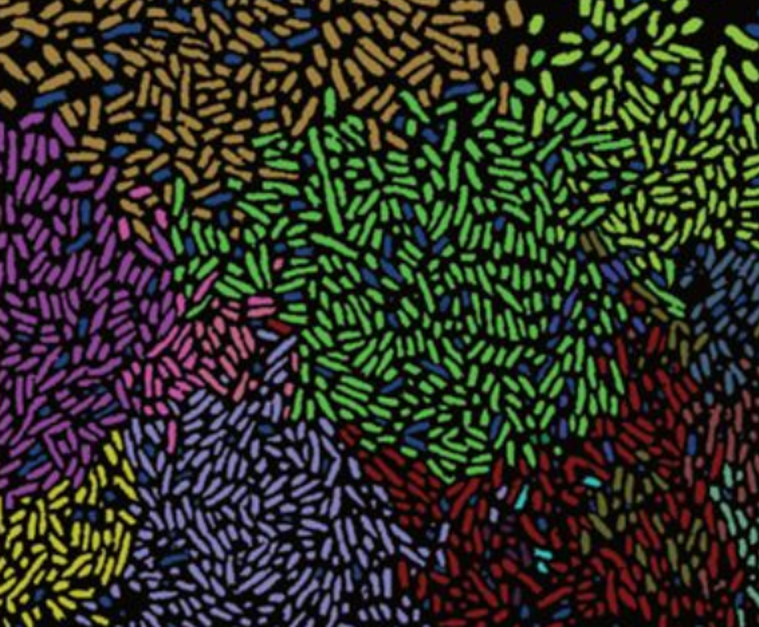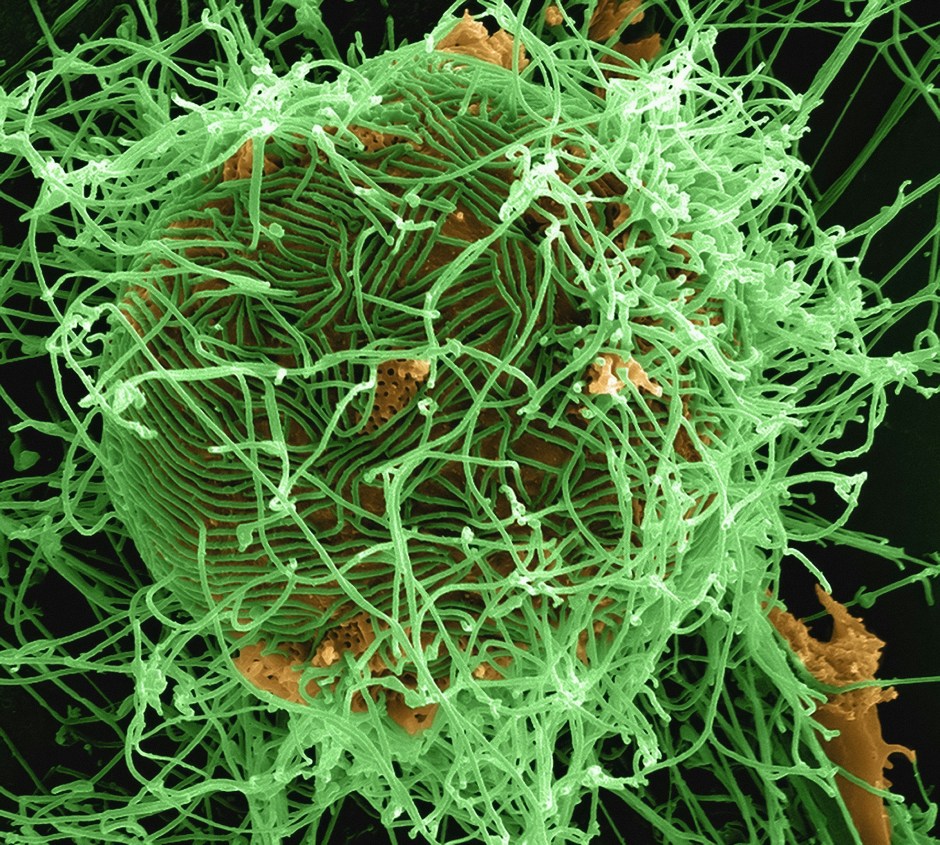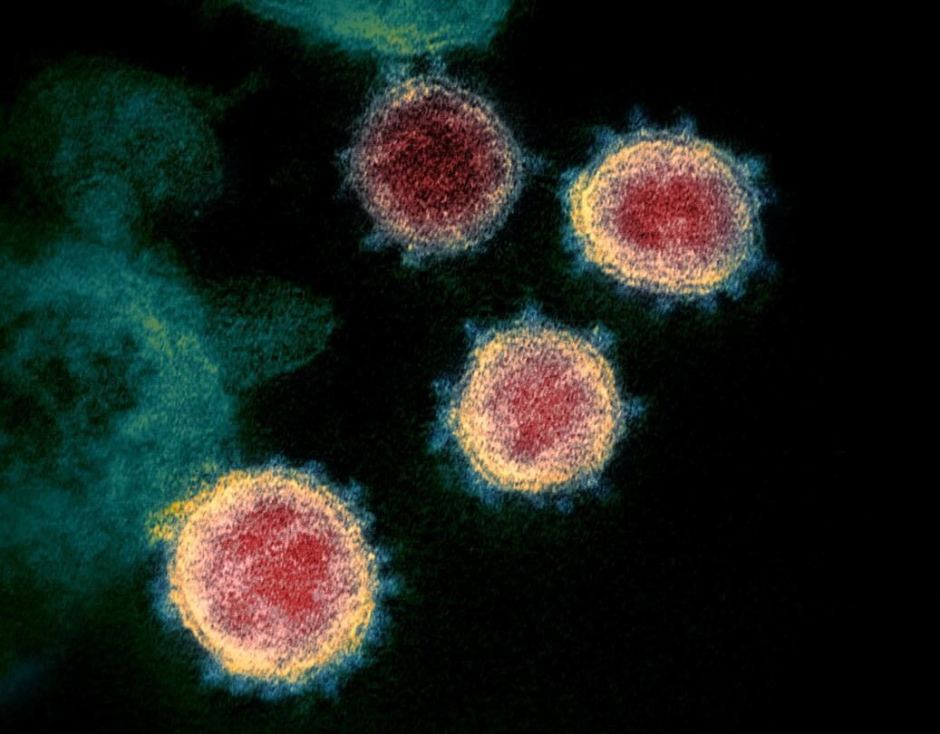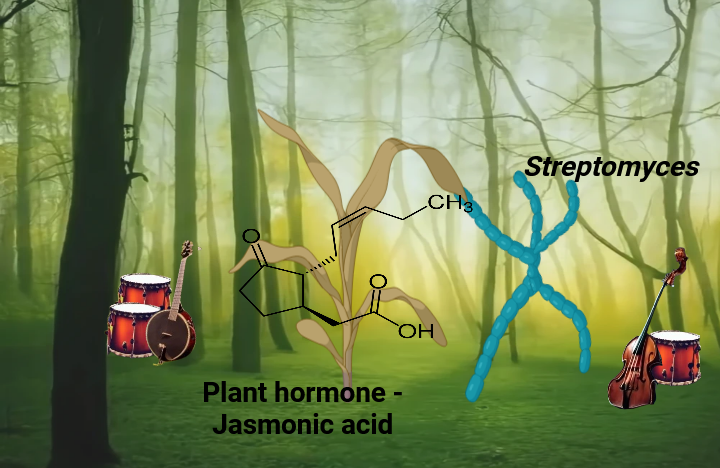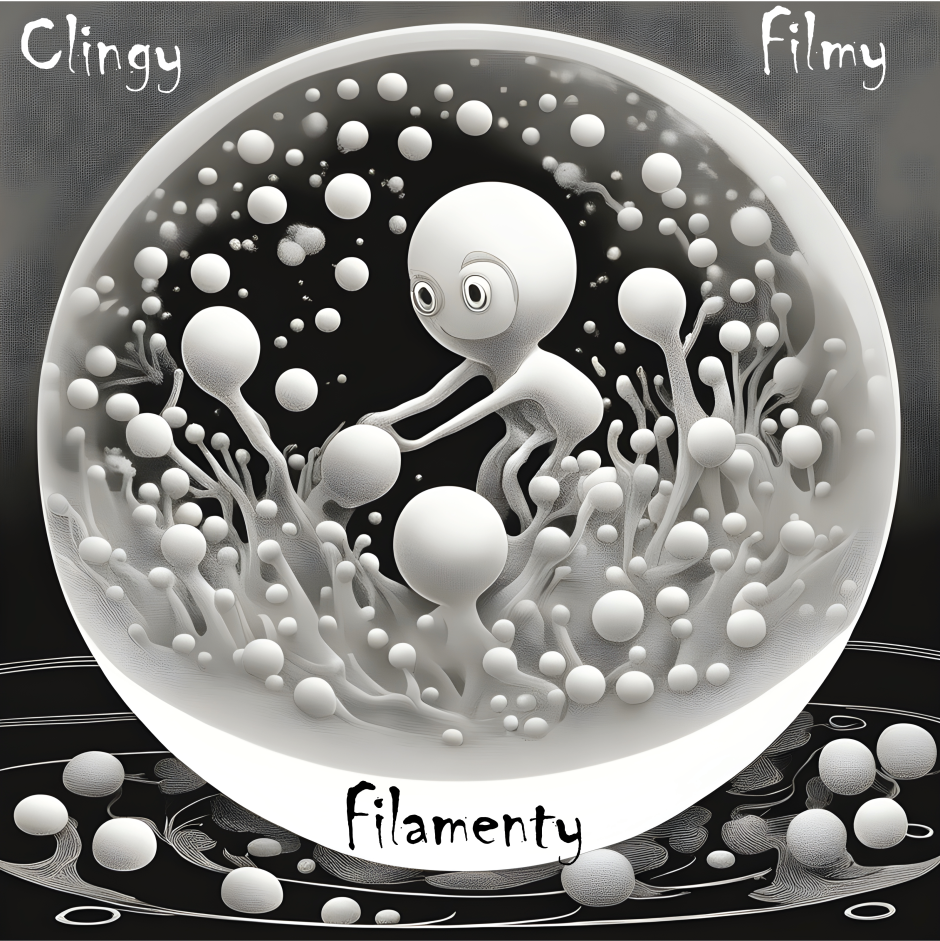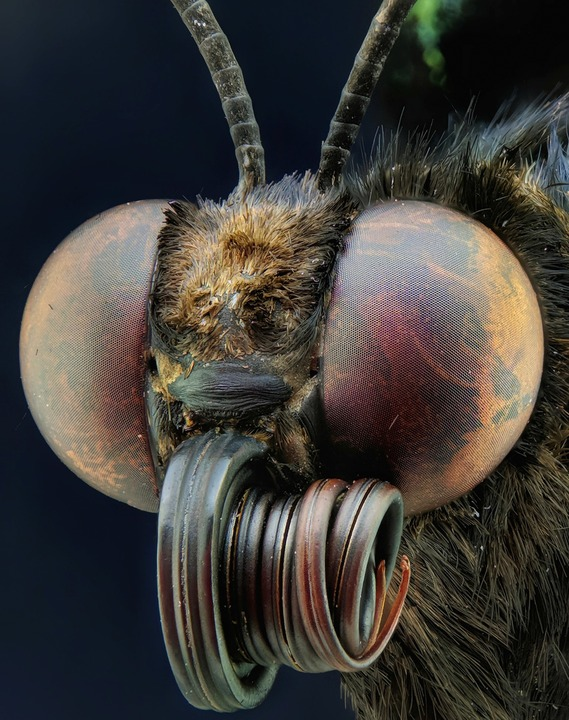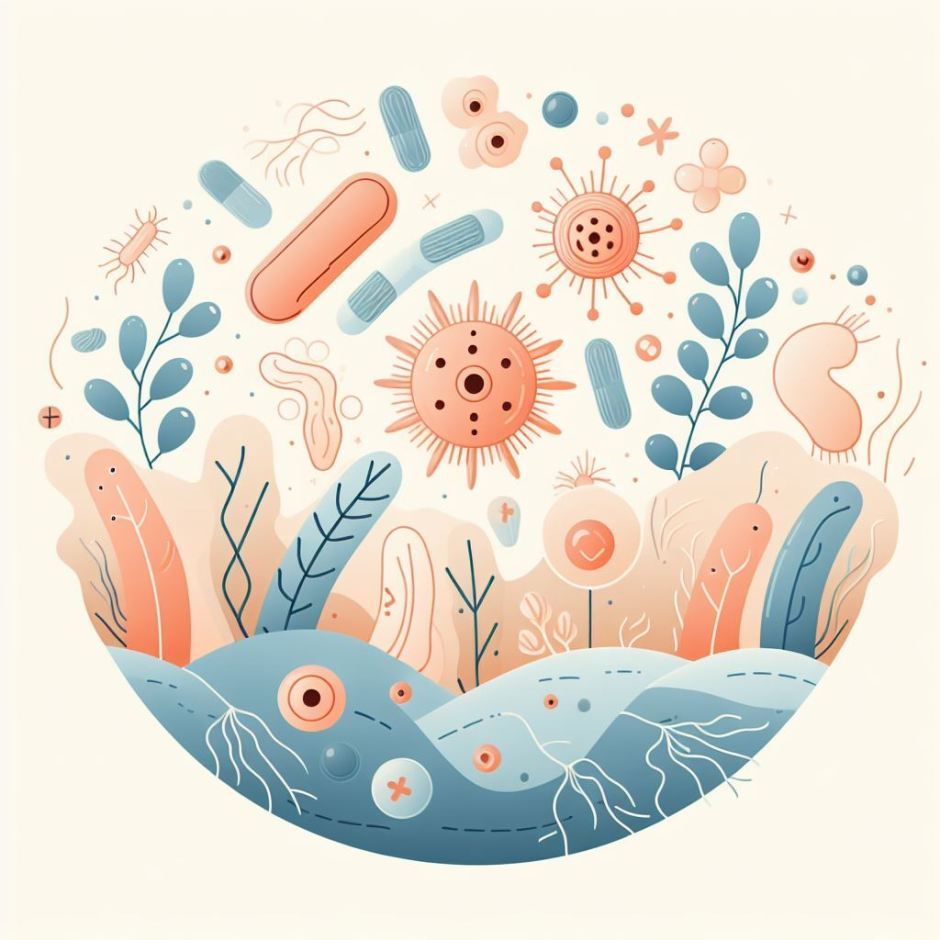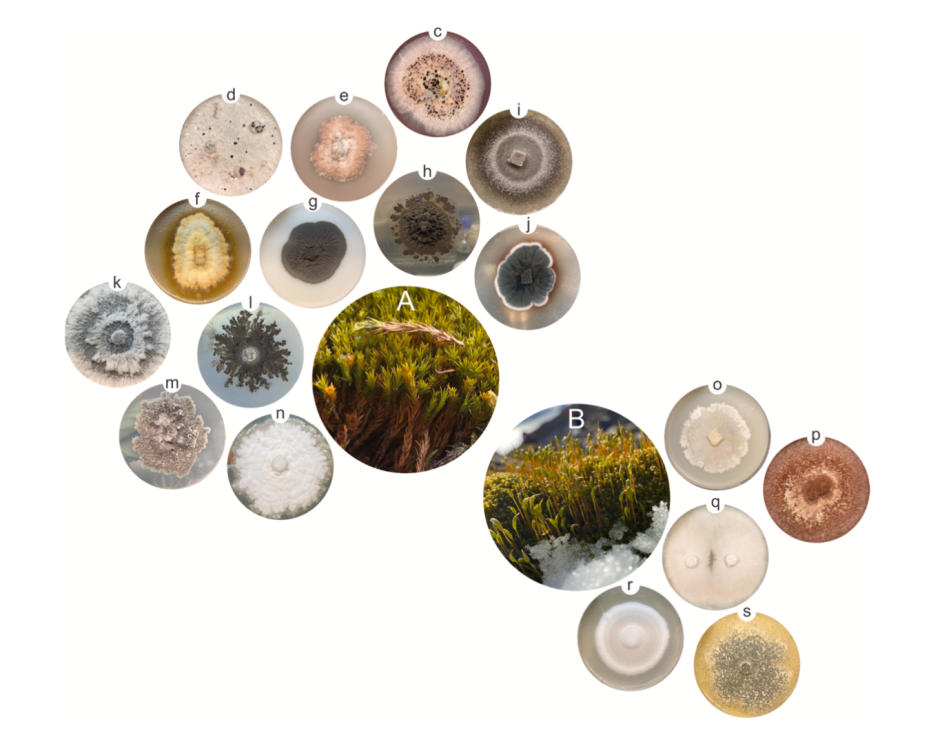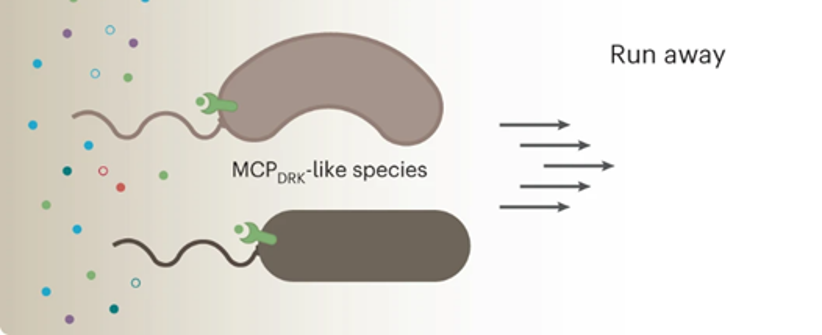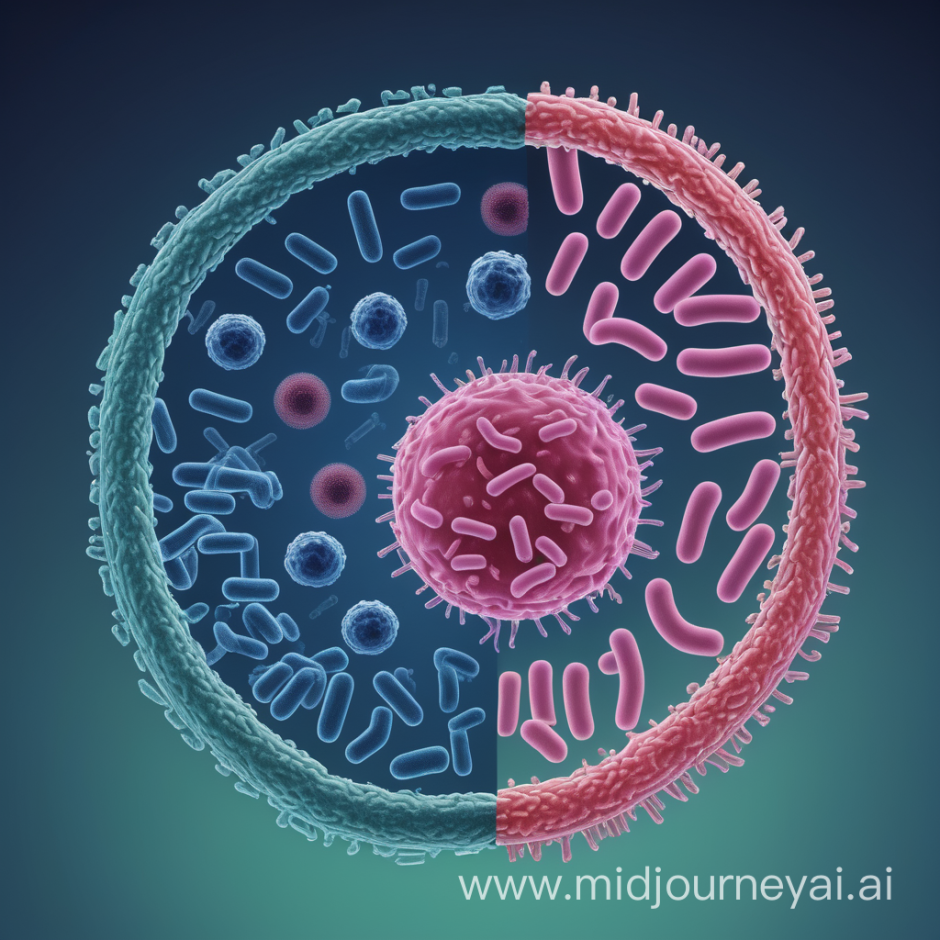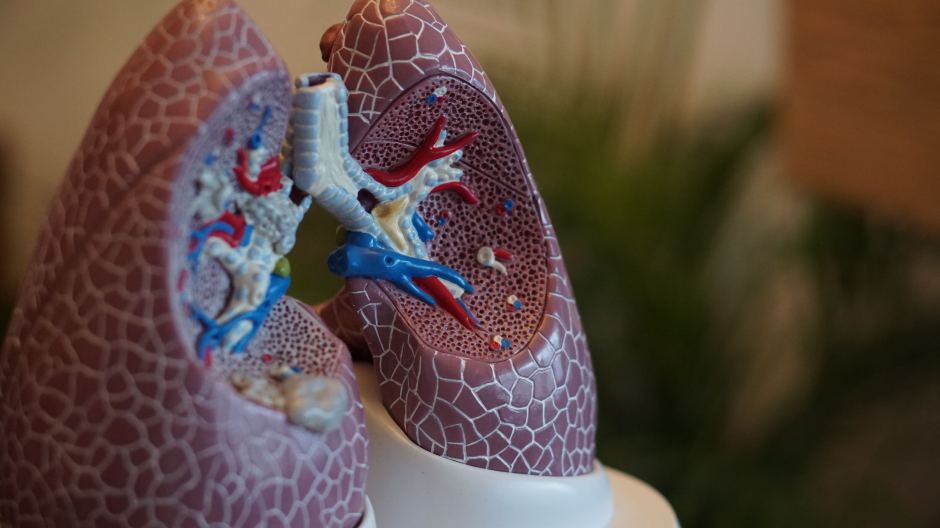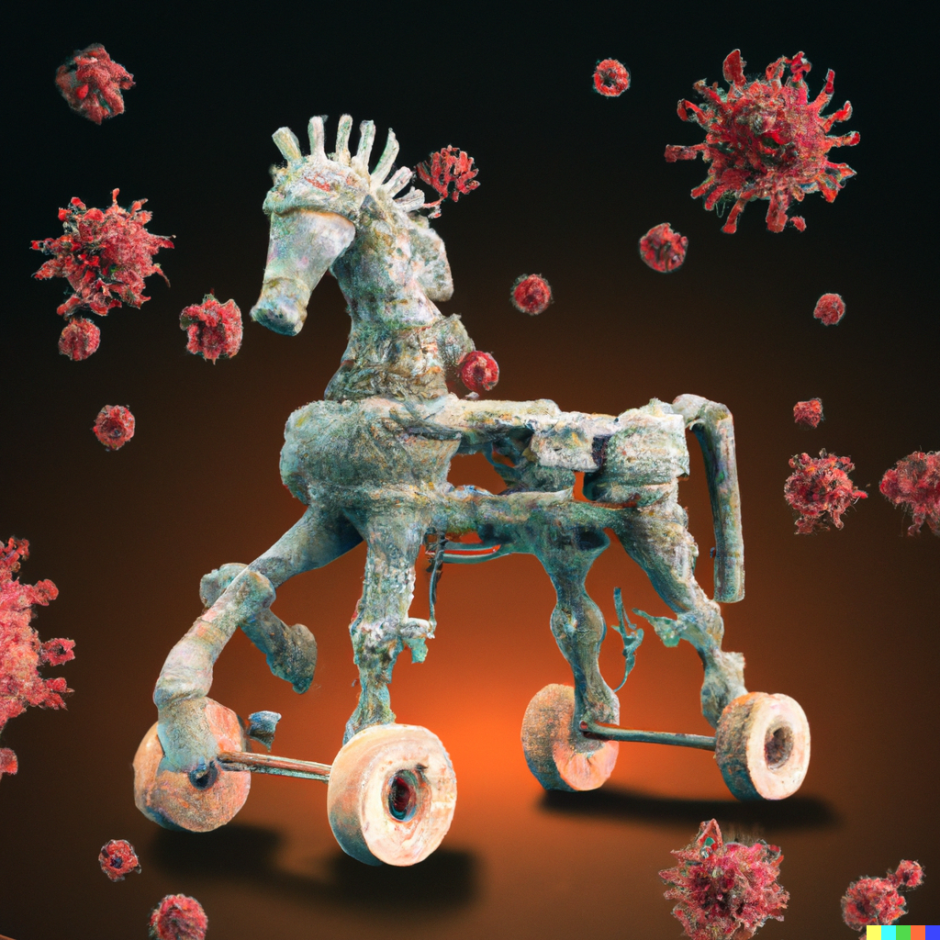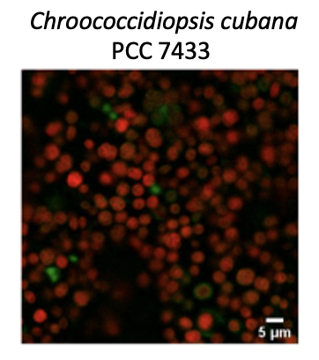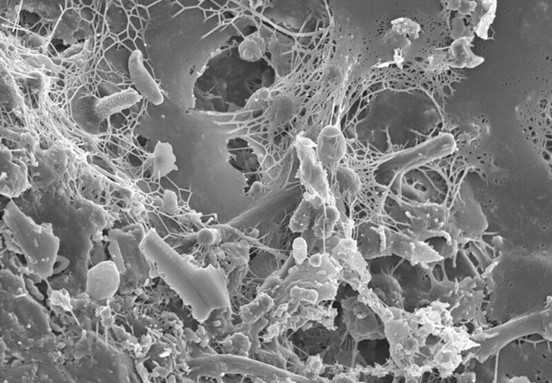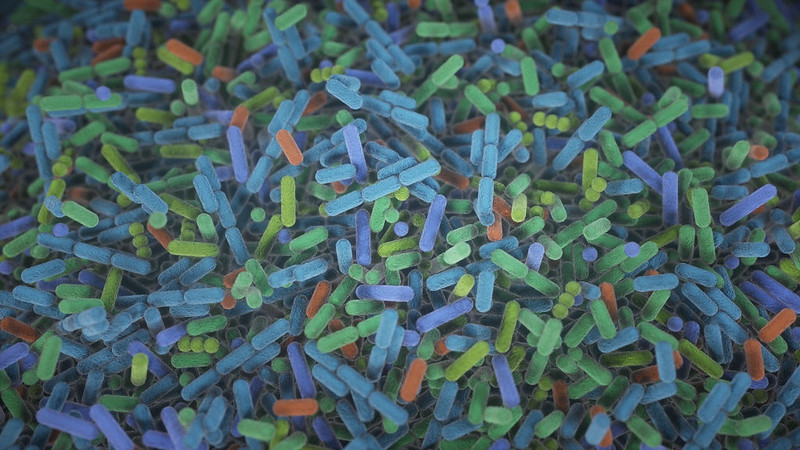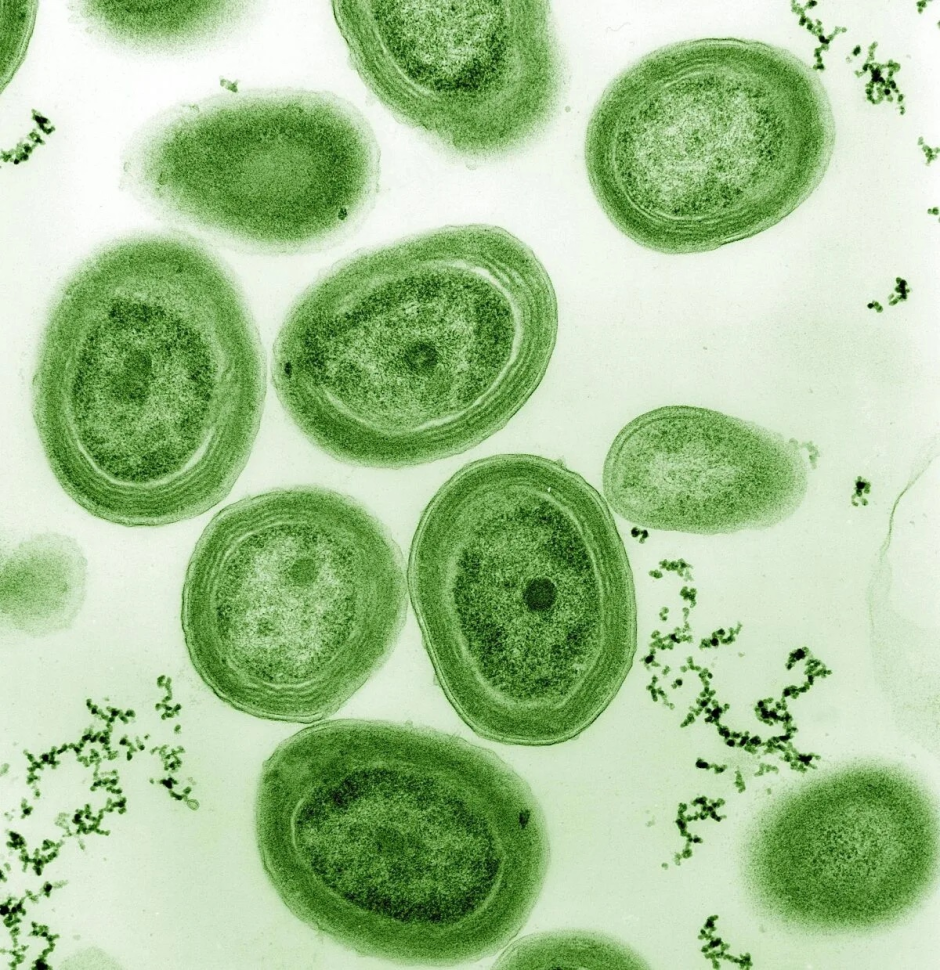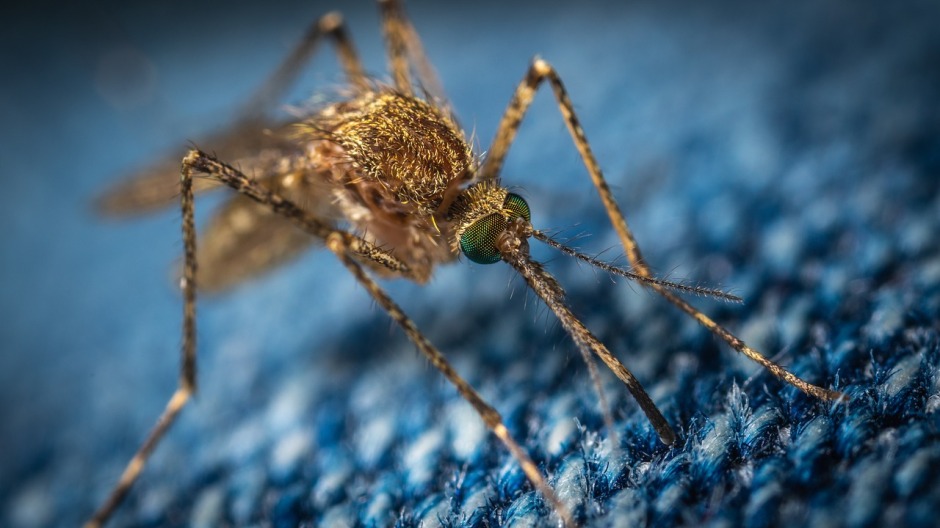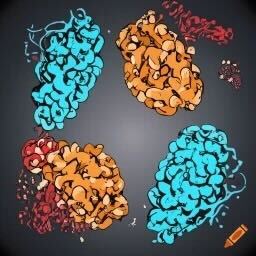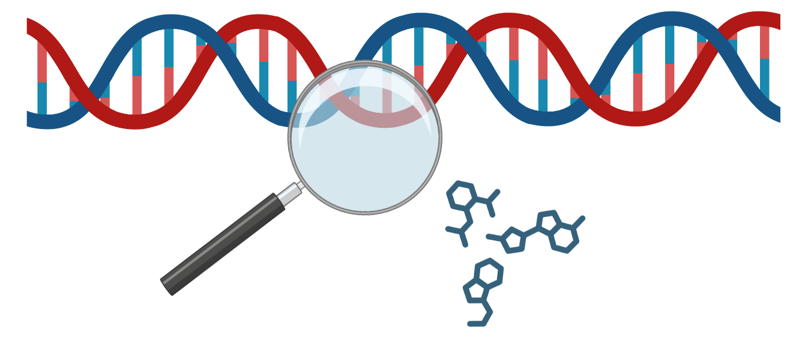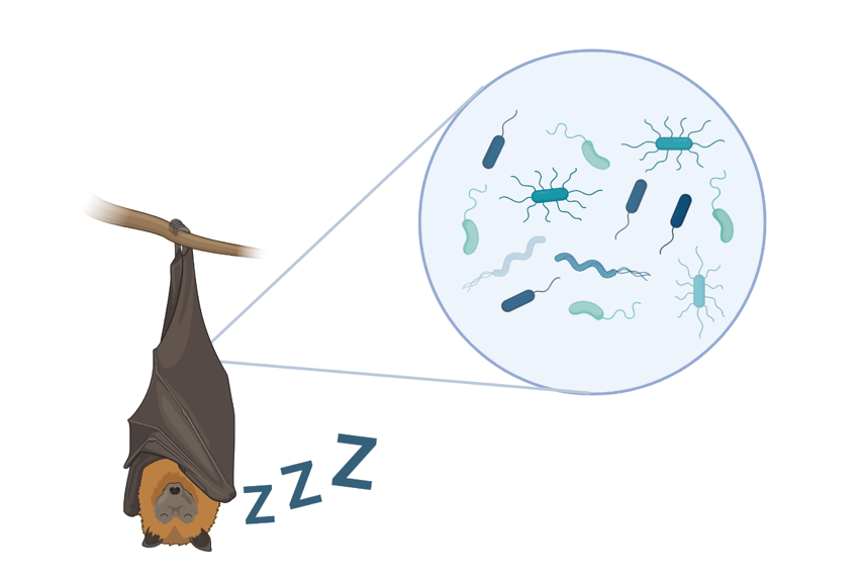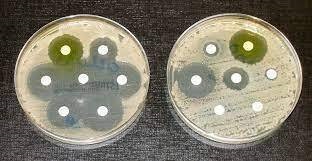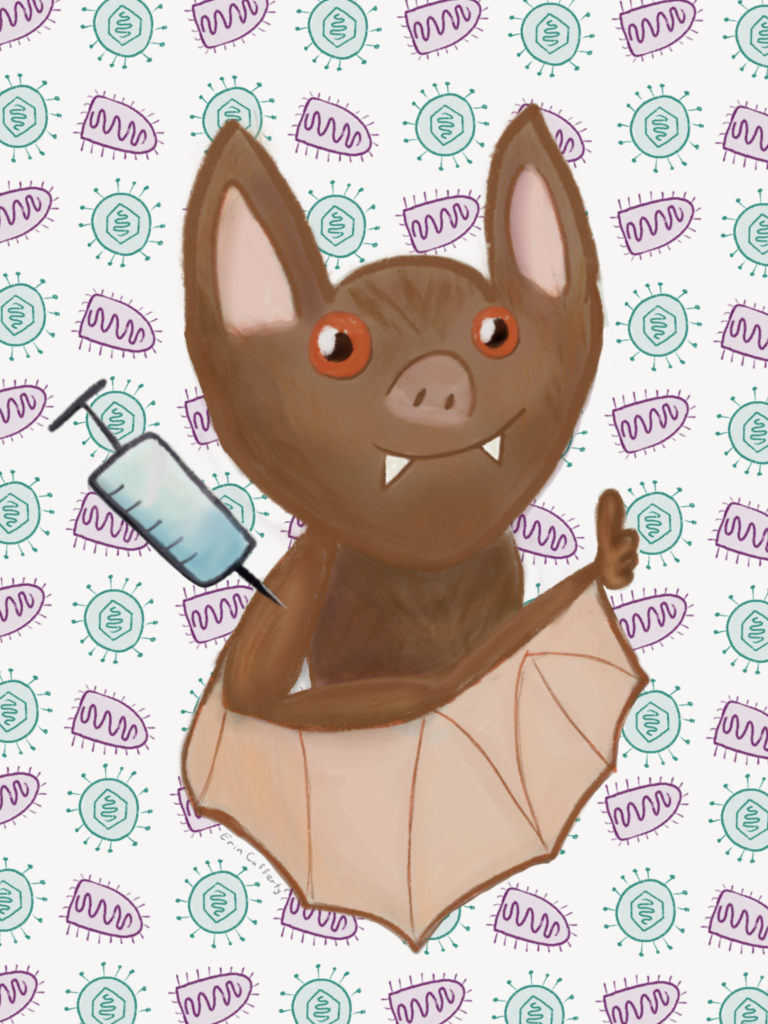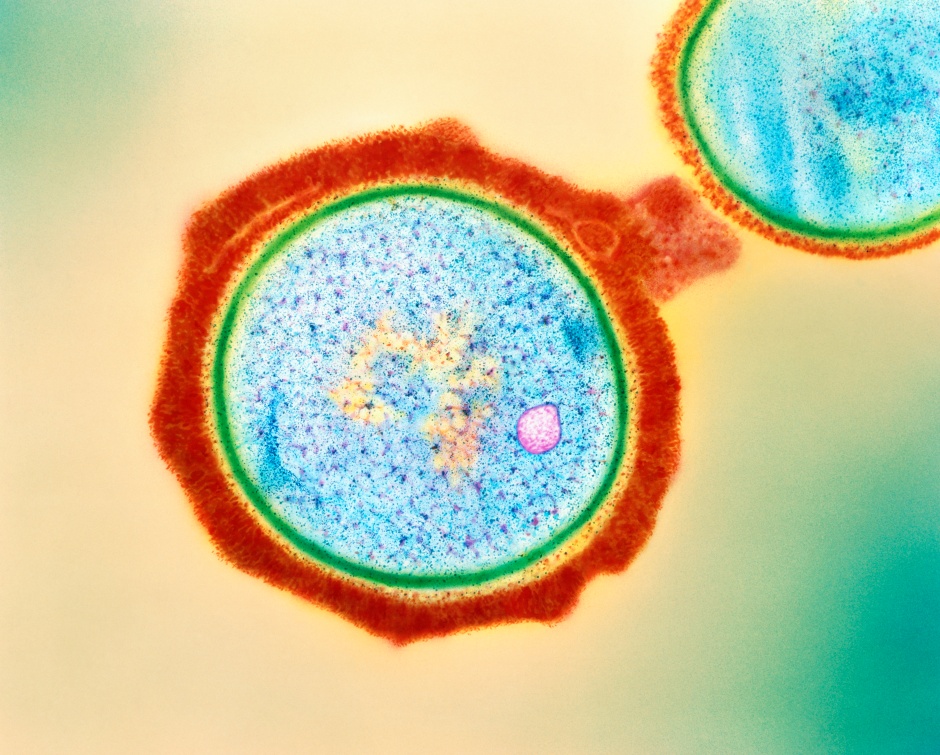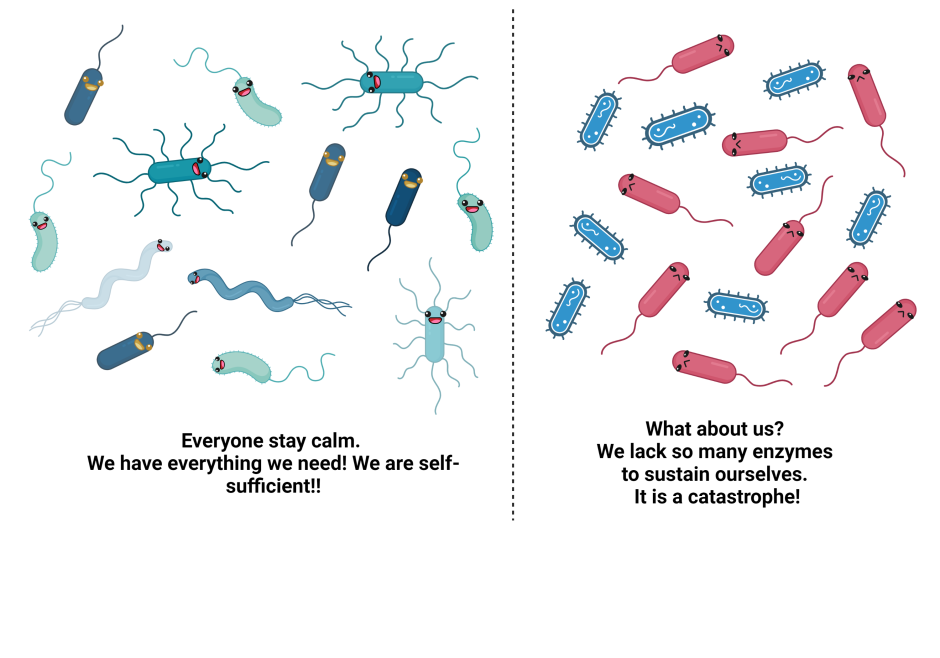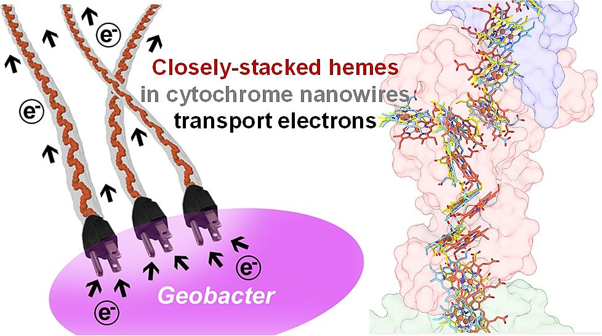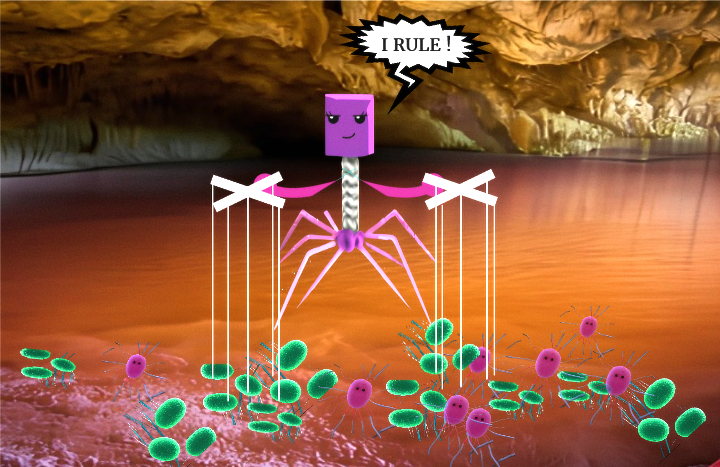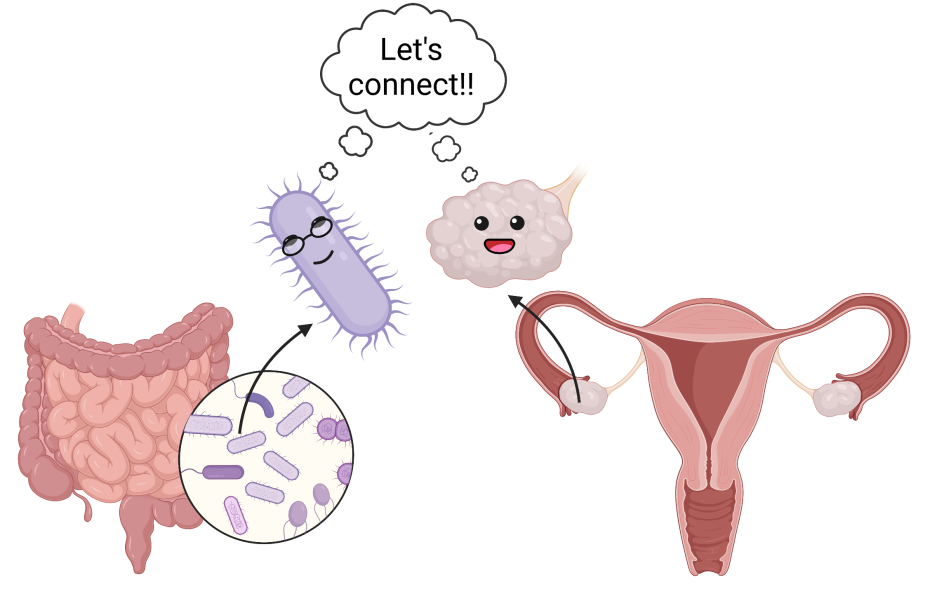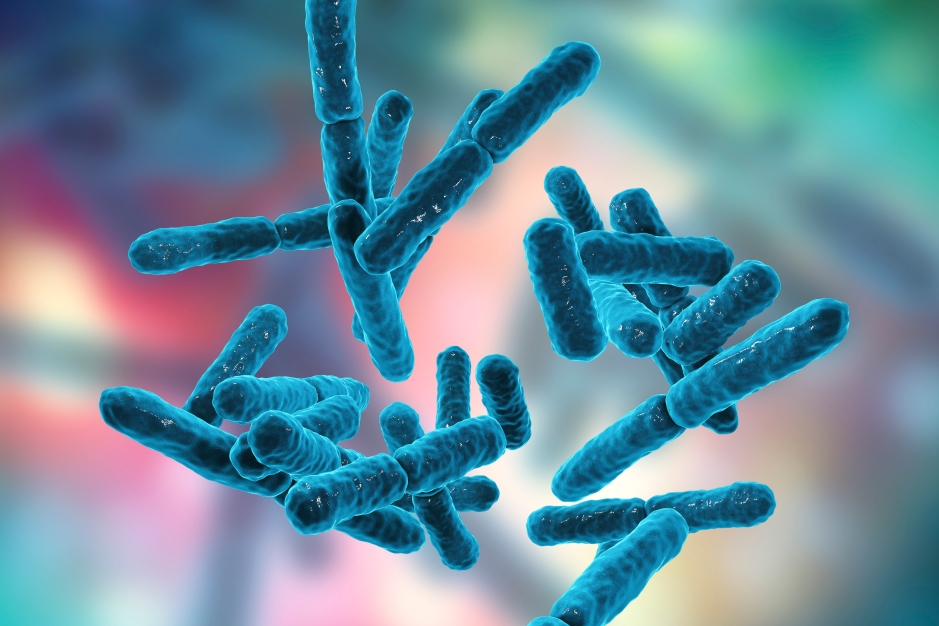
Breaking down the microbiology world one bite at a time
Futuristic fungi
Fungi are more than just decomposers of organic matter in the environment (yes, including the forgotten sandwich in your bag)… They can also be used to create sustainable biomaterials for various applications!
How does that work? Fungi produce filamentous strands of fine threads (hyphae), which in turn form the ‘root’ system of fungi called the mycelium. This mycelium digests organic substrates – sawdust, coffee husk, straw – for nutrients. During this process, the hyphae penetrate the substrate particles and bind them together like glue, and over time, the mycelium grows and all the particles are bound tightly together as a single material. These fungal materials are therefore called mycelium-bound composites and are considered environmentally friendly and biodegradable. They can be used in everything from acoustic and thermal insulation to packaging, and they’re even used in wearables as fungi are currently explored as a material for fake leather.
Because fungi can grow in environments where there is almost no moisture, most fungal materials produced now have to be completely dehydrated to stop them from growing and forming spores. However, the research team of Neil Philips, Antoni Gandia and Andrew Adamatzky, propose to use living fungal mycelium to create functionalised mycelium-based electronics in their newest research article.
By keeping parts of the mycelium network alive, they hope to create intelligent sensory capabilities in the fungal materials, allowing them to detect all kinds of things like the weight on top of the material, vehicle traffic, wind, snow, light, temperature, air pollution, … . This research is crucial for the development of mycelium-based building materials that could revolutionize the construction industry.
In this study, the authors show how mycelium-bound composites respond to variations in moisture content by modifying their electrical activity. This can be measured by sticking electric probes in the substrate blocks. By analyzing changes in electrical activity, they hope to develop a better understanding of how fungi respond to physical and chemical stimuli.

The researchers mapped the moisture content, rate of water loss, and electrical activity of the mycelium-bound composite. Initially, electrical spikes were not recorded in fresh blocks of the colonised substrate, but as the moisture content dropped, the fungi became stressed, and electric spikes spontaneously initiated. Interestingly, the rate of change of moisture content in substrate blocks is affected by how well the substrate’s surface is colonized with fungi. The higher the proportion of the surface covered with fungi, the quicker the substrate dehydrates.
The researchers also found that when fresh substrate blocks were partly wrapped by plastic, they typically exhibit very different electrical characteristics. Another interesting feature they found was that when the mycelium was sprayed with water droplets, electrical spikes were seen. Although all these findings seem to be quite simple, it is the first step towards fungus-enhanced computer technologies.

The adaptability of fungi in creating various biofabricated configurations, such as composites, flexible tissue, rhizomorphs (fungal rope-like structures), and foamy materials, presents a very good opportunity for developing unconventional computing systems. However, it’s important to be cautious when using fungi for specific applications, as some species can produce mycotoxins or become invasive. Here, the authors only looked at two specific edible fungal species: Pleurotus ostreatus or oyster mushroom, which is already used for fungal bricks, and Hericium erinaceus or lion’s mane mushroom. Further research could include more species to get a better overview of the suitability of different fungi.
This exciting discovery emphasizes the potential for using fungi’s unique properties to develop cutting-edge technologies. Who knows, we may see fungi-based computing systems that can compete with traditional technologies in the future.
Link to the original post: Phillips, N., Gandia, A. & Adamatzky, A. Electrical response of fungi to changing moisture content. Fungal Biol Biotechnol 10, 8 (2023). https://doi.org/10.1186/s40694-023-00155-0
Featured image: Created using DALL.E
